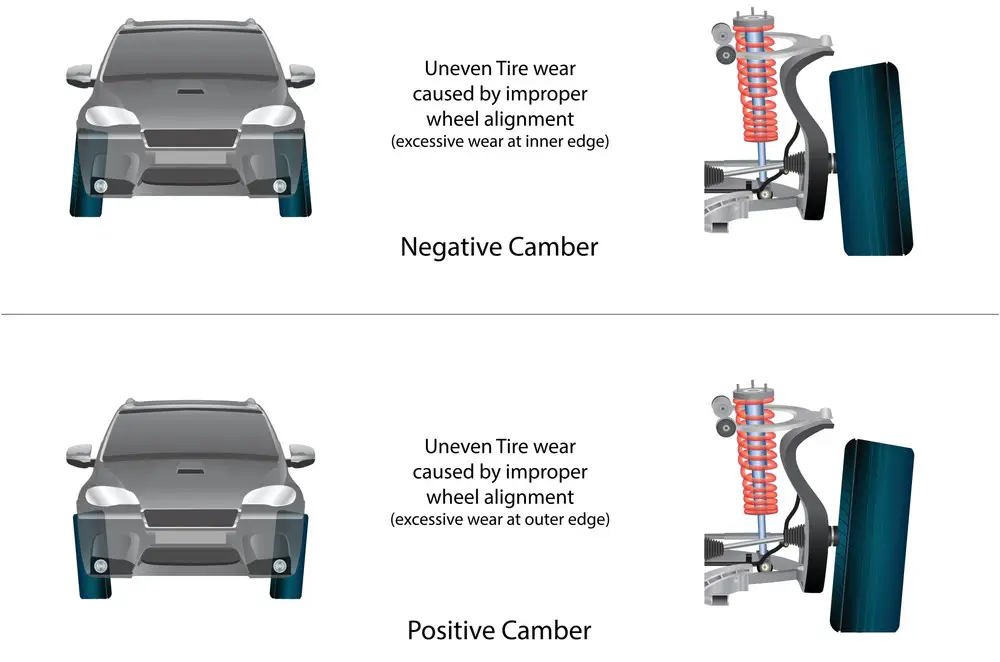Aligning the wheels’ camber is an important part of maintaining and customizing a car’s wheels.
Your vehicle’s stability, tires, and fuel economy are all affected by a bad camber angle.
If the camber adjustment is correct, it will improve the driving experience and engine performance.
In this article, I’ve talked about what camber means, its causes, its symptoms, and how to change the camber angle.
What is Camber?
Camber is the angle between the wheel’s vertical axis and the plane of the wheel.
There are three types of camber on wheels:
- Zero or neutral camber,
- Positive camber, and
- Negative camber.
The camber angle is a must for maneuvering around corners.
If it’s not set up right, it can cause handling problems, less gas mileage, and uneven tire wear.
Therefore, you should perform routine checks on the camber alignment and make necessary adjustments.
It will ensure safer driving and improved fuel economy.
What is the Best Camber Angle?
There are three wheel camber angles: positive, negative and neutral.
Each type has its pros and cons.
1. Positive Camber Angle

A positive camber angle is an outward tilt of the tire from the center.
Usually, a slightly positive camber is very helpful in off-roading.
A slightly positive camber reduces the risk of tire damage and improves stability.
So, a positive camber angle will provide extra benefits if you are an off-road rider.
However, keep in mind that the camber angle shouldn’t be too far outward.
Otherwise, it will damage your tires by causing excessive wear.
2. Negative Camber Angle
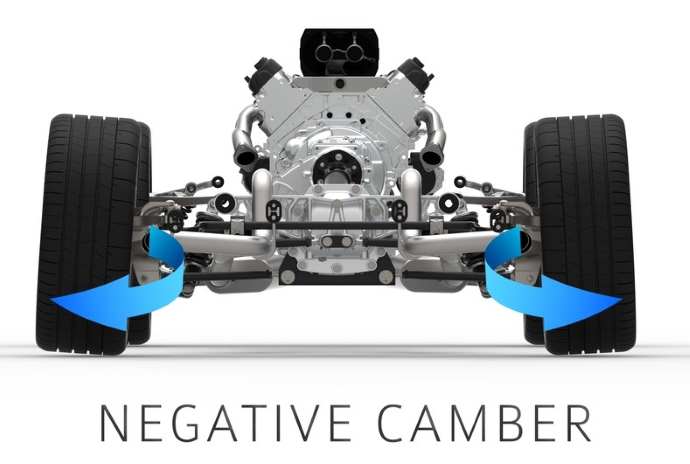
Negative camber is when the top of the tire tilts toward the center of the wheel.
Negative camber slightly enhances vehicle control.
Therefore, negative camber is suitable for high-performance sports or racing vehicles.
But negative camber reduces stability and increases excessive tire wear in straight-line driving.
3. Zero Camber Angle
Zero camber is the condition where the tire tilt remains at the center.
Zero camber is also known as neutral camber.
Zero camber angle ensures maximum contact between the tires and the road while driving, which reduces excessive wear of the tires.
Gripping the road keeps the tires from wearing out too quickly.
Zero-camber angles are suited for daily driving and vehicles that are used to carry passengers.
What Causes Bad Camber [4 Causes]
4 factors are mainly responsible for camber misalignment or bad camber.
01. Accident or Collision
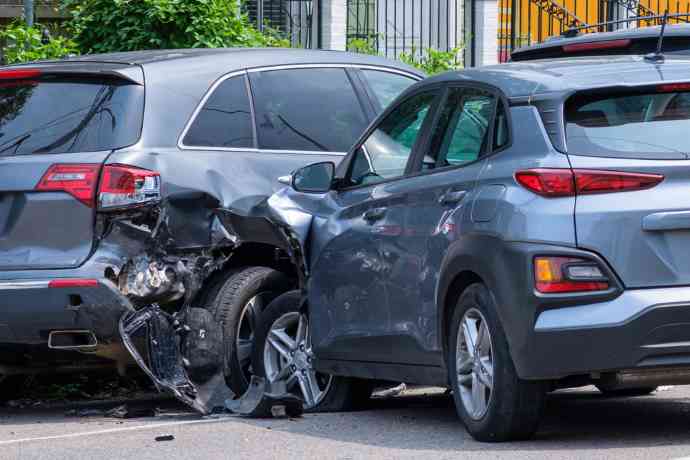
An accident or collision may cause a change in the camber angle.
Bad camber can sometimes result from hitting potholes.
02. Tire Wear
With time, the tires wear out.
Uneven tire wear may cause bad camber.
03. Worn Suspension Parts
The suspension components, such as the springs, control arms, and ball joints, become worn out once they reach a certain age.
The damaged or worn-out suspension parts may cause a bad camber angle.
04. Incorrect Installation
Sometimes the installation of suspension components is incorrect.
And an incorrect suspension installation causes bad camber alignment.
It is the result of inexperienced mechanics or problems with the measurement machine.
It causes wheel misalignments as well as a bad camber angle.
You must correct the camber if you want your car to handle better, get better gas mileage, and perform better.
4 Symptoms of Bad Camber Alignment
As camber is an important part of wheel alignment, the signs of bad camber are almost similar to those of wheel misalignment.
Here are the 4 most common symptoms of bad camber alignment:
1. Decreasing Control and Stability
A bad camber angle causes poor handling and reduces vehicle stability.
It is the most common sign of an improper camber angle and wheel misalignment.
2. Excessive Tire Wear
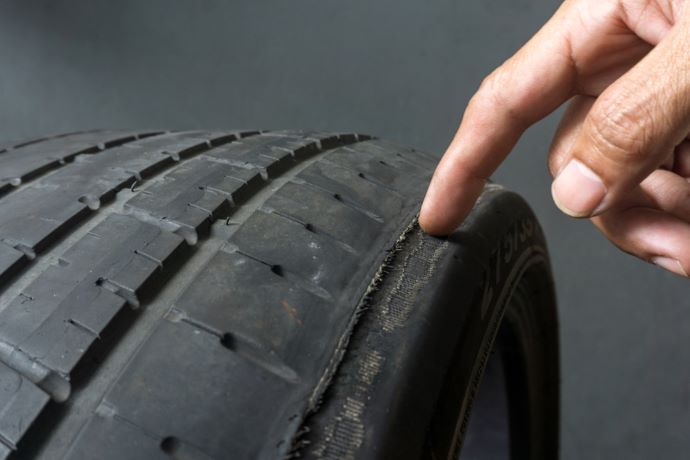
If the camber angle is not correct, it causes excessive tire wear.
Your tires will wear out faster than usual due to the bad camber angle.
3. Car Pulling One Side
You may notice your car pulling to one side when maneuvering or cornering.
An incorrect camber angle is mainly responsible for this problem.
4. Reduced Fuel Economy
An incorrect camber angle badly affects the fuel economy of a vehicle.
So, if you notice your vehicle’s fuel consumption has increased, you should check the camber angle.
These symptoms are alerts to a bad camber angle, which affects your driving safety and fuel economy.
If you are experiencing the symptoms mentioned above, consult an auto mechanic.
How to Adjust Camber on Chevy Truck [6 Steps Guide]
The difficulty of changing your vehicle’s camber depends on your experience. If you’re an automotive expert, follow these 6 steps to adjust your Chevy truck’s camber.
Step 1: Set Up All the Necessary Tools
First of all, set up your car at the level of the ground.
To make level ground, you can use wooden planks or similar platforms.
You can also use a laser level gauge to ensure all tools and the car are perfectly set up.
Step 2: Calculate the Current Camber Angle
After setting up the truck on level ground, start measuring the camber angle.
Before starting the measuring process, lock the main brake and parking brakes.
Ensure that the truck’s tires are pointed straight, and the tire pressure is as recommended in the owner’s manual.
Now use a camber gauge or bubble gauge to measure the camber angle.
Watch this video to learn how to measure the camber angle:
Step 3: Remove the Front Tires
Lift the truck’s front end using a jack stand.
Wear gloves while performing the procedure.
Now unscrew the lug nuts and remove the tires.
The control arms will be exposed.
Step 4: Find the Arm Mounting Bolts
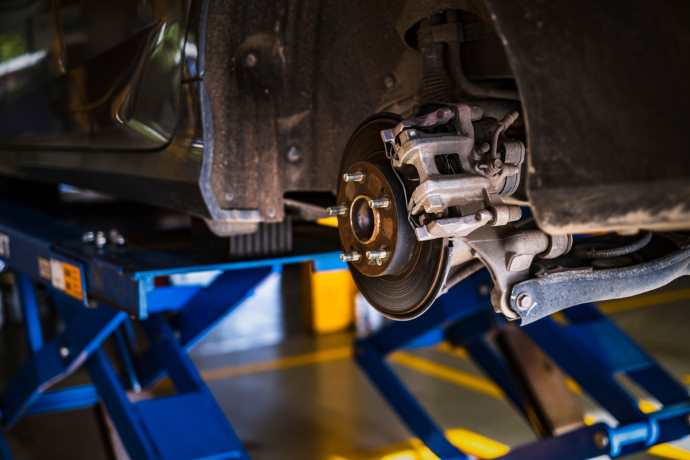
The arm mounting bolts secure the arm’s upper control to the frame.
You will find the bolts on both sides of the frame.
When a car needs to be aligned for camber, the arm bolts are usually placed outside the frame.
Now check the alignment pins.
You can change the camber according to your preferences with the help of camber alignment pins.
Step 5: Loosen the Upper Control Arm
Chevy trucks have a different camber alignment than other trucks.
The Chevy trucks offset the mounting bolts instead of using shims.
Use sockets and a wrench to loosen the non-camber mounting bolts to adjust the camber angle.
To achieve the desired adjustment, use an inclinometer.
Once you have achieved the required adjustment, tighten the bolts.
Ensure that the bolts are not over-tightened or loosened.
Step 6: Reassemble and Inspect the Camber Angle
Reassemble all the parts of the truck and slowly lower it.
Follow step 2 and check the camber angle.
The camber angle should be correct this time.
If you are not getting your desired adjustment, repeat the steps and adjust as you want.
Watch this video to learn how to adjust the camber angle and the effect of the camber angle while driving.
How Much Does a Camber Alignment Cost?
The trim and model of the vehicle, as well as the nearby repair shop, all affect how much a camber alignment will cost.
Currently, camber alignment costs around $80 to $200.
If you do the camber alignment yourself, you need a camber gauge and basic tools such as jack stands, sockets, and a wrench.
The camber gauge costs around $30 to $95.
But if you want accurate results, you should let an experienced mechanic do the camber alignment.
Final Thoughts
It is necessary to perform camber alignment correctly.
If it isn’t corrected as it should be, it can cause problems such as poor gas mileage, excessive tire wear, bad handling, etc.
So, if you perform camber alignment yourself, do it carefully.
In addition to this article, you might find these recources helpful:

